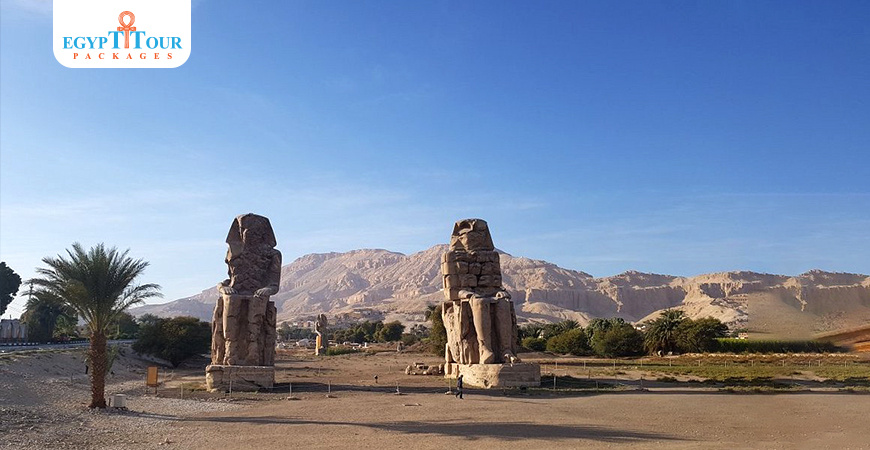
Colossi of Memnon
Colossi of Memnon are two massive monumental stone statues of Pharaoh Amenhotep III (1386-1353 BCE) from the 18th Dynasty of ancient Egypt.
Colossi of Memnon description
These two faceless colossi (the plural of colossus, which just means larger-than-life statue) are the first thing visitors see when they reach the west bank of the Nile opposite Luxor. This isn't surprising when you hear their dimensions: they tower 60 feet (18 m) above the plains and are estimated to weigh an enormous 720 tons each. Visiting the “
Colossi of Memnon are two massive monumental stone statues of Pharaoh Amenhotep III (1386-1353 BCE) from the 18th Dynasty of ancient Egypt. Colossi of Memnon
” on the western coast in the city of Luxor, southern Egypt, is one of the most important tours for tourist groups due to their international fame. Historically, they go back to Amenhotep III, one of the most prominent kings of the Eighteenth Dynasty who ruled Egypt for 38 years, but it was common for them to be called “Memnon” after they were exposed to an earthquake in the year 27 BC. Is there a relationship between the hero of the Trojan War and the two Pharaonic statues? Who is Memnon?
Memnon as per Greek mythology is said to be the son of Eos, the goddess of sun rises.

Colossi of Memnon height
King Amenhotep III developed the architecture of building temples in a qualitative way during his reign, which was known for its stability and renaissance. This is evident in the two statues of “Memnon” which depict the Pharaonic king sitting on the throne with his hands spread out on his knees looking towards the east in the
Luxor Temple located on the east bank of Nile River in the city called luxor , it was known in the egyption language as Luxor Temple
area. He also carved two short figures on the front of the throne to Next to his legs are his mother, Mute M. Wea, and his wife, Ti .The manufacture of the two statues was arduous, as they were made from blocks of quartzite sandstone that were extracted from the Red Mountain near the capital Cairo at the present time. The two blocks, which weigh more than 2,000 tons, were transported via river ships in the opposite direction of the Nile River which made their journey difficult and after their arrival he supervised the sculpting process.The statue of Amenhotep III, the most skilled architect of his time from all regions. Each statue reached a height of 18 meters by 60 feet, and each weighed 720 tons, with a distance of 15 meters between them.

Colossi of Memnon Singing
- The sounds of wailing of Memnon (Memnon Legend)
Some time after the death of King Amenhotep III, the western mainland region was exposed to a strong earthquake, approximately in the year 1200 BC, which caused the destruction of his mortuary temple, and both statues were slightly affected. The matter did not stop there. In the year 27 AD, the region was exposed to a more powerful earthquake, which caused strong cracks and fissures in the body of the two statues, especially the northern one and simple restorations were made to it to rebuild it.The cracks that occurred in the northern statue in the lower half caused it to emit a whistle similar to sad singing or wailing as a result of the air passing through it, every day within an hour or more before sunrise at dawn, and this was recorded by many Roman and Greek historians and travelers.

Colossi of Memnon sound
- Memnon legend
Both statues became world famous at the hands of the Greeks, as they interpreted the sad whistling sound as a wailing of the hero of the Trojan War (Memnon), who led his armies from Ethiopia to Asia Minor to help break the siege of the city, but he was killed by (Achilles).”According to the legend that was widely spread, “Eos, the mother of Memnon, who was the goddess of sun rises, asked the god Zeus, the greatest Greek god, to distinguish her son from the rest of humanity, so his promise to her was that his voice would echo daily, and his mother would cry when she heard this voice.
- Roman era inscriptions
The statues contain 107 Roman-era inscriptions in Greek and Latin, dated between 20-250CE; these inscriptions allowed modern travellers to connect the statues to the classical Greek and Latin literature.Many of the inscriptions include the name "Memnon".

Colossi of Memnon facts
The entry of the story of the two statues into the world of legend contributed to the spread of the name Memnon after them, even though they historically go back to King Amenhotep III, whose name has disappeared except among scholars and researchers, and everyone began to call them (Memnon), even the indigenous inhabitants of the region.This legend attracted visits from the Greeks and Romans in ancient times to listen to the sound of Memnon’s wailing, according to the common interpretation at the time, which is essentially the sound of air passing through the cracked parts, making it one of the most famous ancient and modern shrines. According to many historians, “the sound stopped in the year 200 AD. After a number of simple restorations that addressed the widespread cracks and fissures.”Today, during their visit to the western mainland of Luxor, tourist groups begin visiting the statues of Memnon, due to their famous connection to the legend of the Trojan War, despite their towering size, which tempts many to take pictures between them.Some tourist groups are keen to see them through flying balloon flights and then visit them on the ground to take pictures of them, due to their fame among all tourist nationalities that visit the city of Luxor.

Colossi of Memnon Egypt
-
Things to know before you go
- The Colossi of Memnon are two massive monumental stone statues of Pharaoh Amenhotep III (1386-1353 BCE) from the 18th Dynasty of ancient Egypt. Colossi of Memnon are a must for photographers, Instagrammers, and history buffs.
- While you can’t enter the excavations behind the statues, it’s sometimes possible to watch archaeologists in action.
- The terrain around the statues is flat and reasonably even, making the site easy to visit in a wheelchair or with a stroller.
-
When to get there
The Colossi of Memnon are two massive monumental stone statues of Pharaoh Amenhotep III (1386-1353 BCE) from the 18th Dynasty of ancient Egypt. Colossi of Memnon are busy throughout the day. If photography is important to you, consider arriving at sunrise, when the light on the hills behind can be spectacular, and few other travelers will be around. If not, prioritize sites such as the Used as a burial chamber for nearly 500 years, the Valley of the Kings was used for royal burials for the Kings,their families, and their possessions. Valley of the Kings and end your day at the statues instead.
-
How to get there
The Colossi of Memnon are two massive monumental stone statues of Pharaoh Amenhotep III (1386-1353 BCE) from the 18th Dynasty of ancient Egypt. Colossi of Memnon sit a mile or so (2 kilometers) inland from the West Bank of the Nile, opposite Luxor city, but the road journey takes considerably longer as the bridge is outside the city. There’s no public transport and Egyptian city traffic can be challenging, so consider joining a tour or booking a private driver/guide.
-
Why Are the Statues Called the Colossi of Memnon are two massive monumental stone statues of Pharaoh Amenhotep III (1386-1353 BCE) from the 18th Dynasty of ancient Egypt. Colossi of Memnon ?
While the statues commemorate Amenhotep III, who ruled Egypt around 1400 BC, they’re overwhelmingly known by their Roman name, the Colossi of Memnon are two massive monumental stone statues of Pharaoh Amenhotep III (1386-1353 BCE) from the 18th Dynasty of ancient Egypt. Colossi of Memnon . Around 1,000 years after Amenhotep died, ancient Greeks (and, later, Romans) decided that the statues commemorated an African warrior called Memnon, who was killed during the Trojan War. Colossi is the plural of colossus, which means “giant statue.”

Post A Comment
Your Email Address Will Not Be Published.











































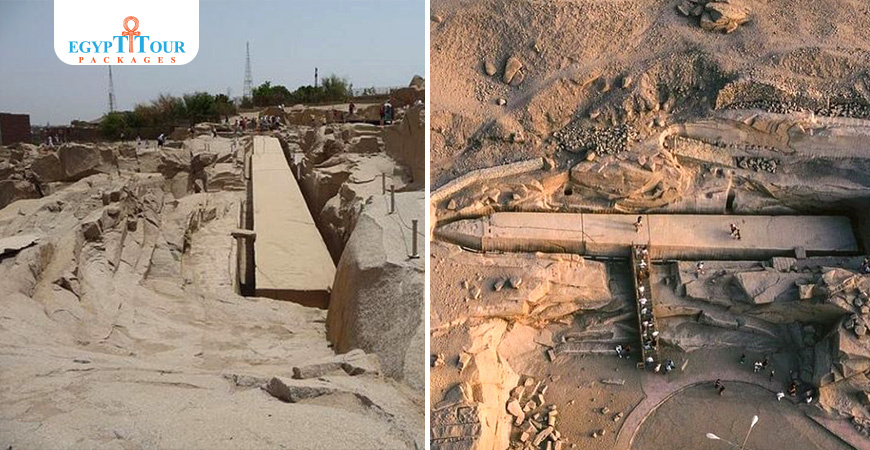


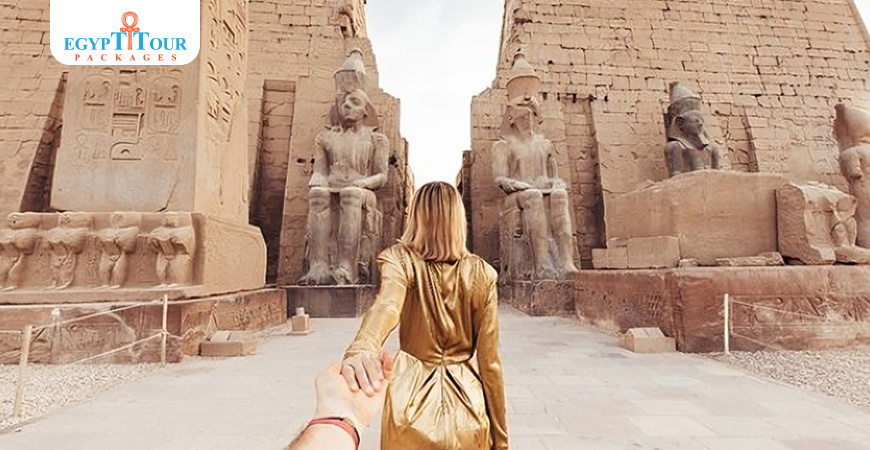
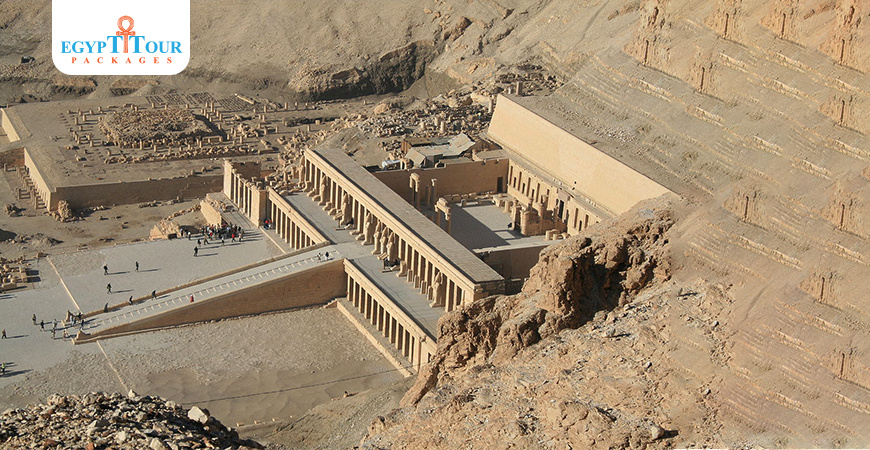
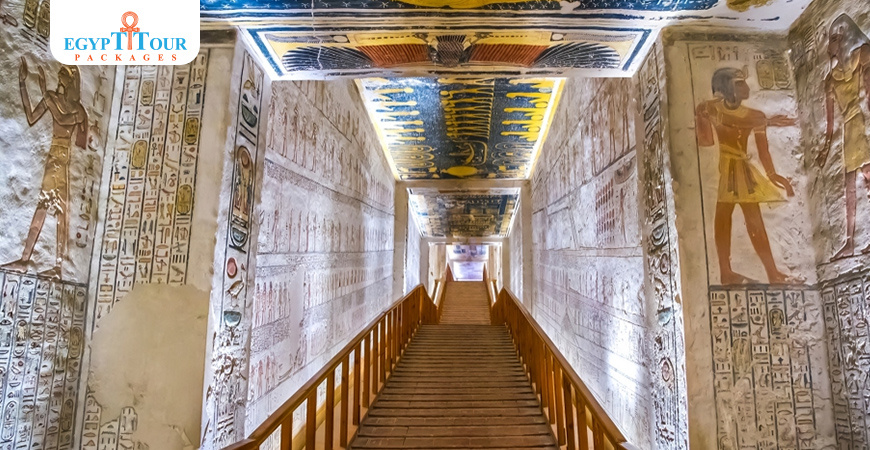
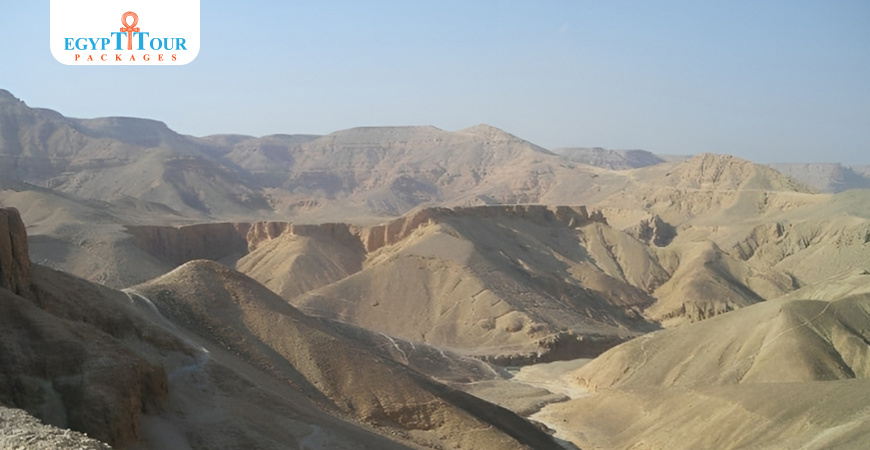
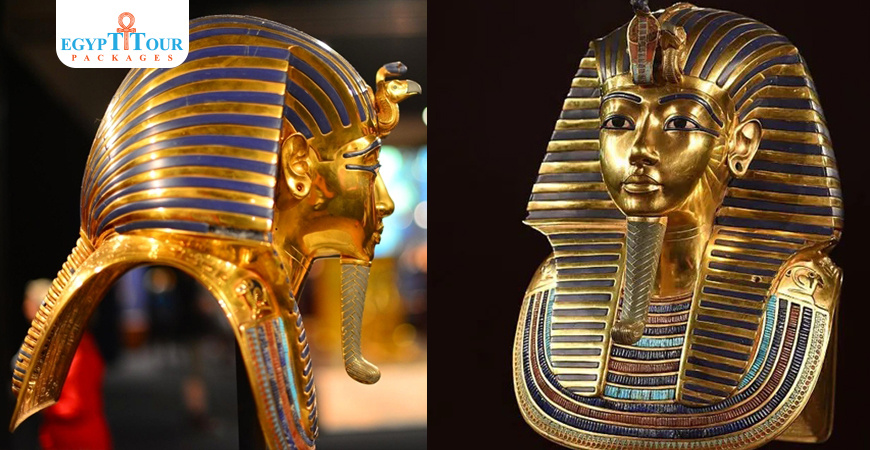
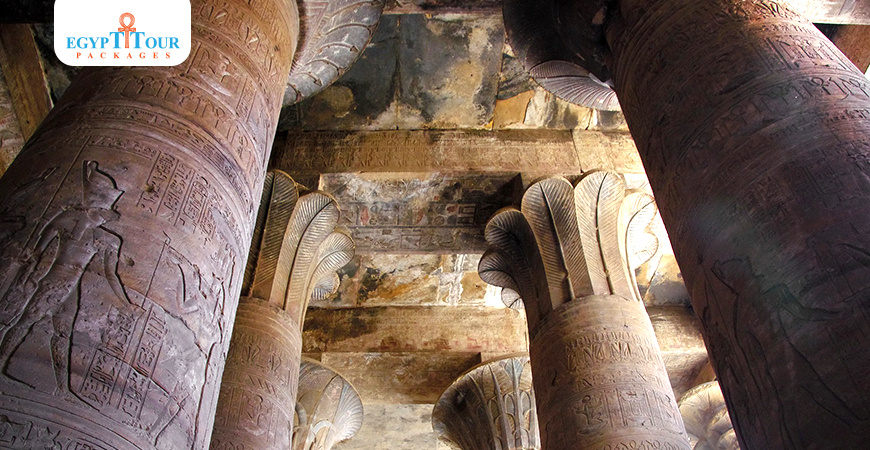
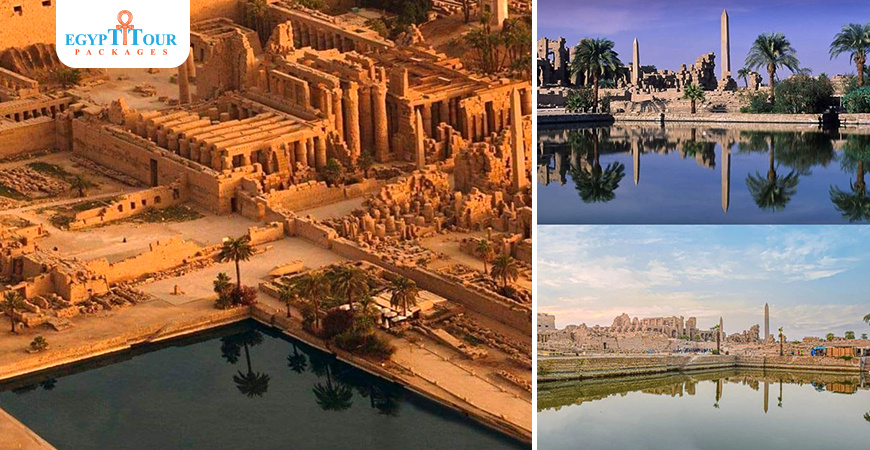
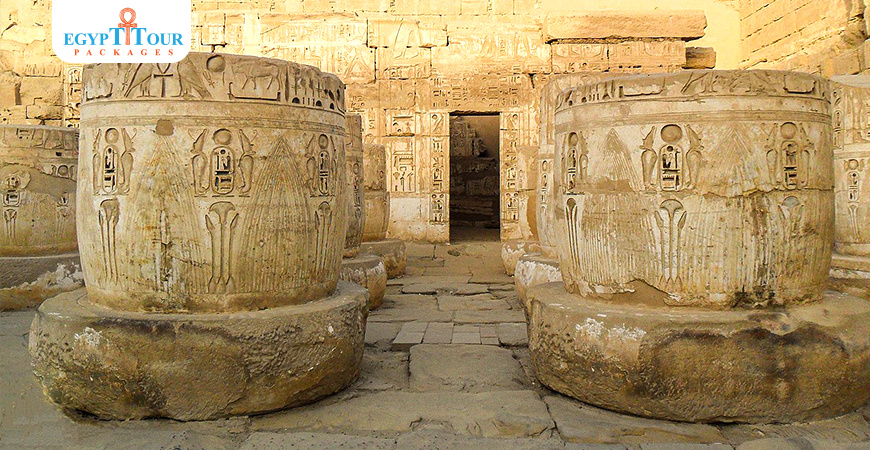
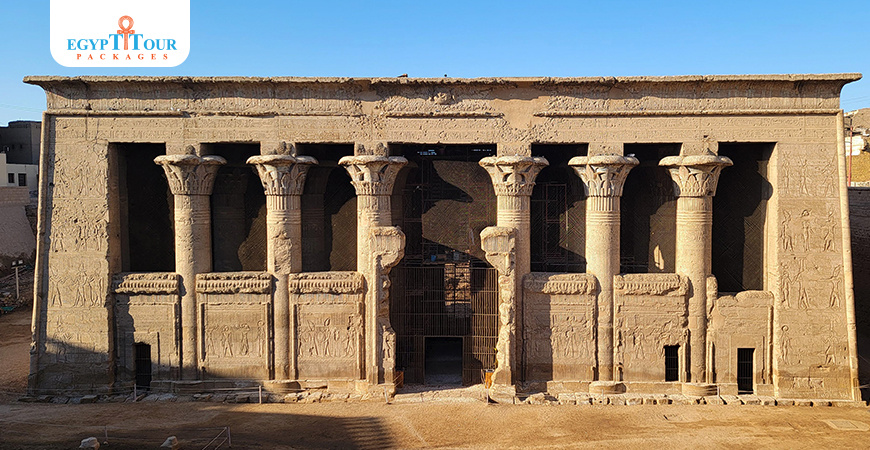
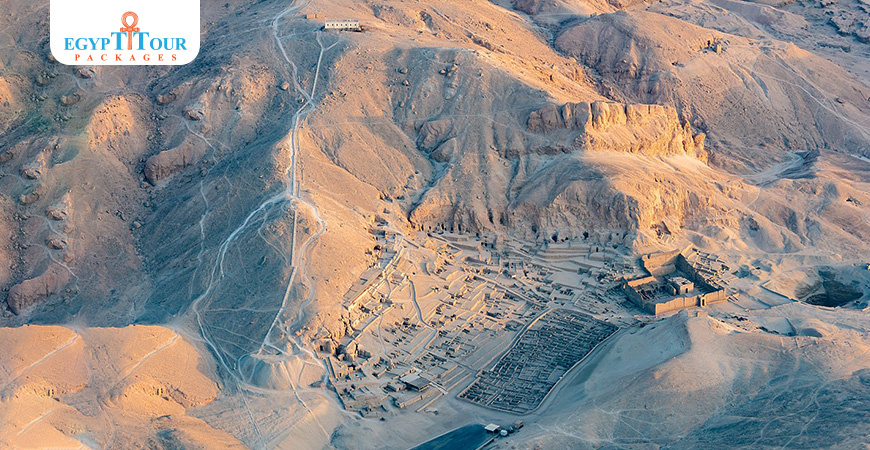
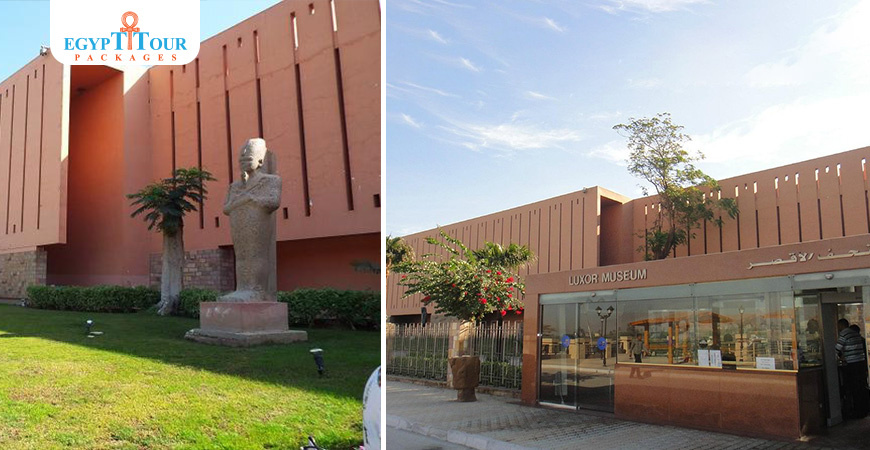
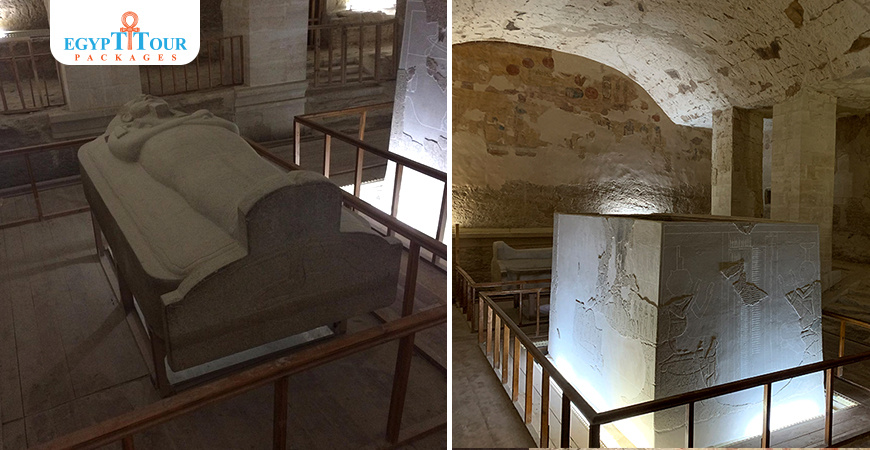

1 Comments
02 Jun, 25
Thank you for this fascinating post about the Colossi of Memnon! It’s amazing to learn about these impressive statues and their rich history. I especially enjoyed the way you described their connection to ancient myths and the natural "singing" phenomenon. Your writing really brings the site to life—great job!